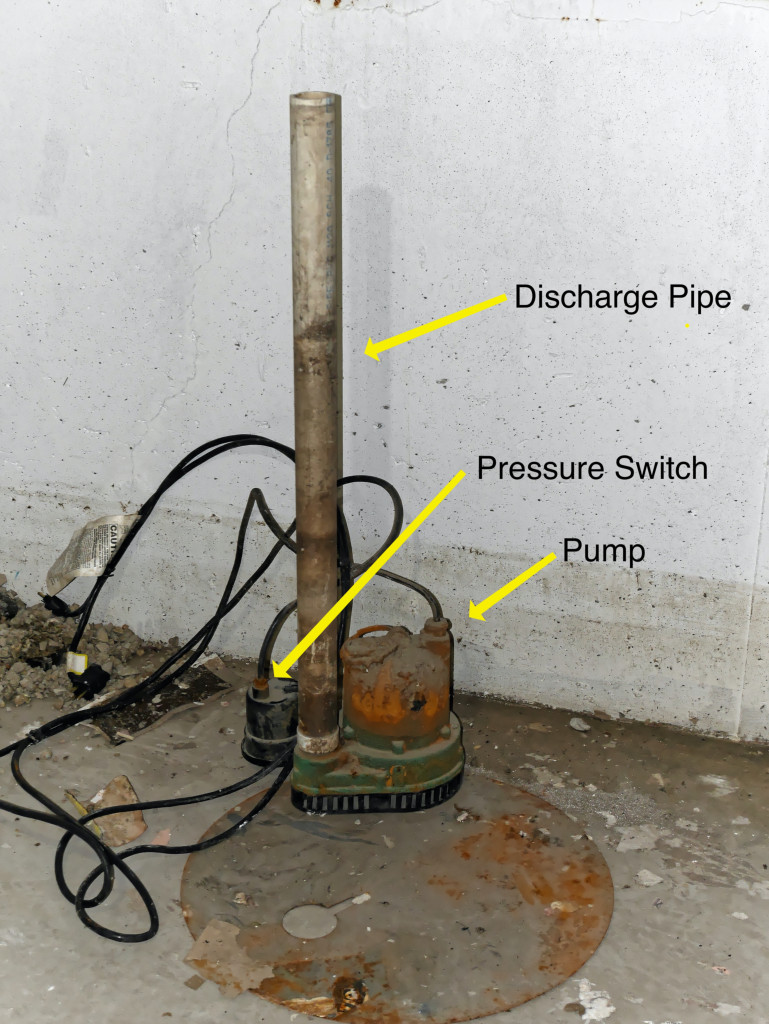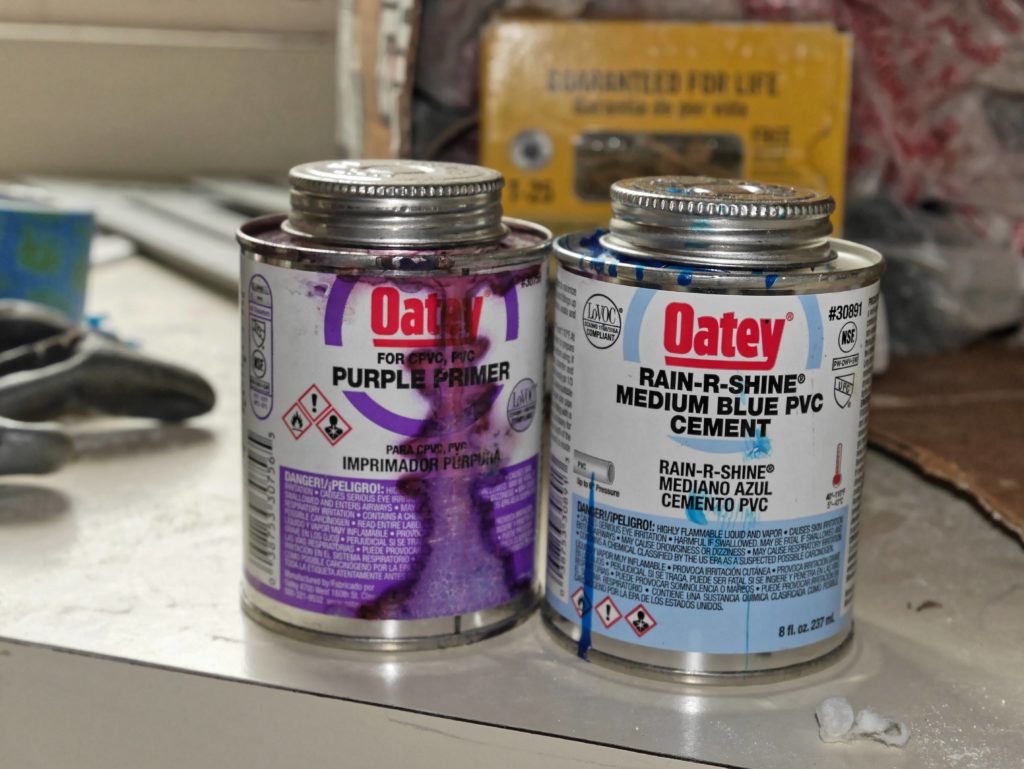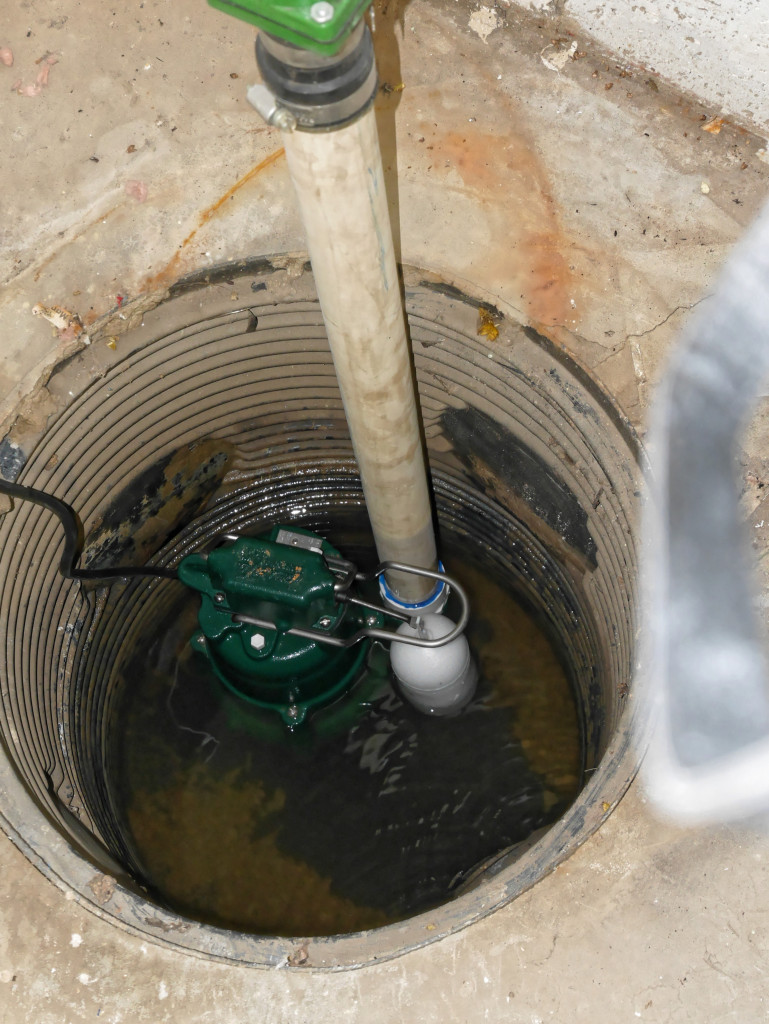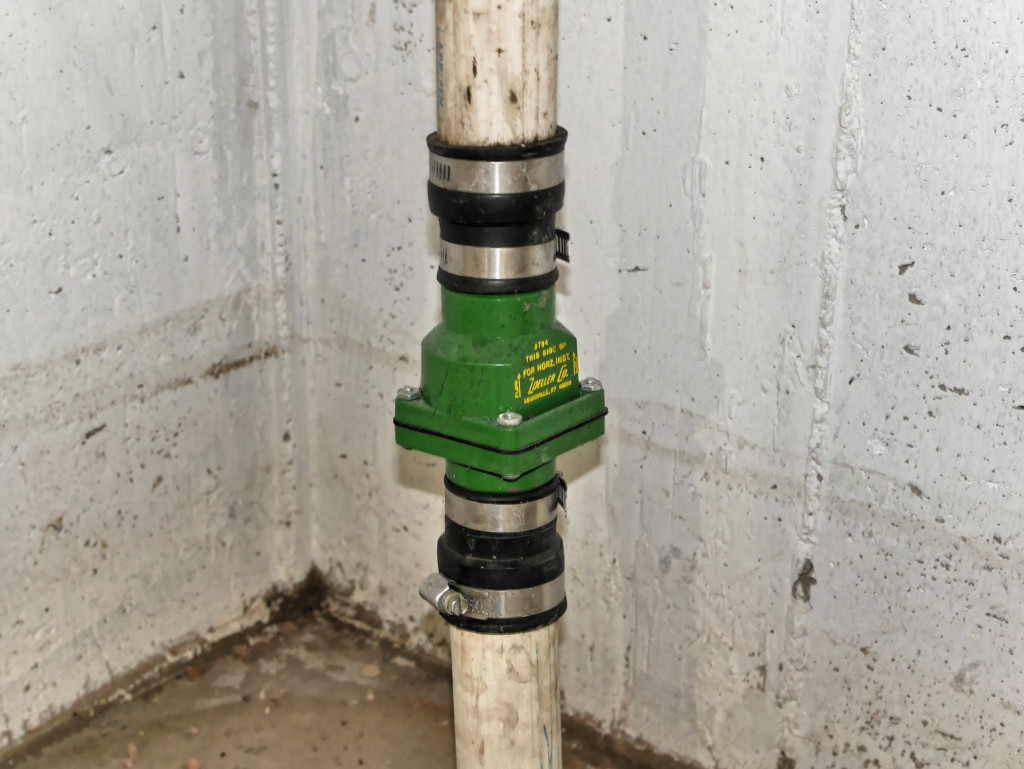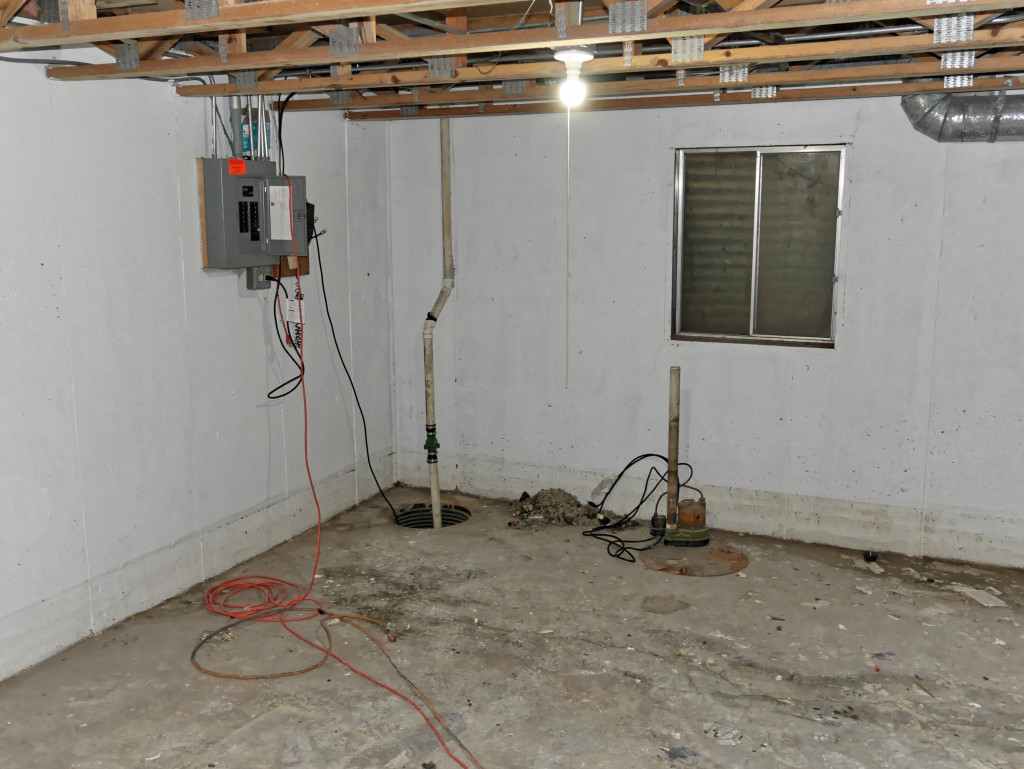Many homes with basements have at least one sump pump. These devices pump water from the home’s drain tiles to the outside. If you have lived in a home with a sump pump for any length of time you probably have had a pump failure.
The most common type of failure is with the sensor that is used to tell the pump when the pump’s pit is full. There are several different types of sensors, which are both mechanical and electronic. Most home sump pumps will use a mechanical sensor, and most of those sensors will be of the pressure switch variety. This type of sensor is popular because it is both inexpensive and small. However, it has the highest rate of failure. You can replace the sensor on many pumps, but it is often a better idea to replace the entire assembly.
A good mechanical switch can activate hundreds of thousands of cycles before it fails. However, some electronic switches have been tested for millions of cycles. Naturally, these switches are more expensive.
As you know from previous posts, I recently purchased a townhome that I am completely renovating. Unfortunately, I discovered that the home’s sump pump had failed during a recent rain storm.
Replacing a sump pump is easy. The pump itself connects to a check valve via a length of PVC pipe. Just measure the right length of pipe and screw that pipe into the the receptacle on the pump. The pipe is attached to a male adapter which is glued using special primer and glue. The male adapter is what screws into the receptacle on the pump.
The other end of the PVC pipe is clamped into a check value, and the pump is plugged into a standard 120 V outlet. Many pumps have a piggy-back plug design. If you pressure switch fails and you need to activate the pump simply unplug the piggy-back plug from its mate and plug it into the AC outlet. Note that this is a temporary solution, and the pump will run continuously. However, it can keep the water down while you buy and prepare a new pump.
